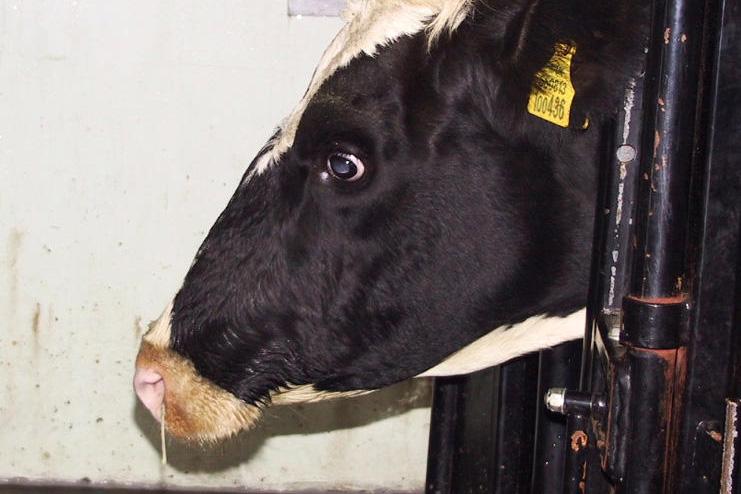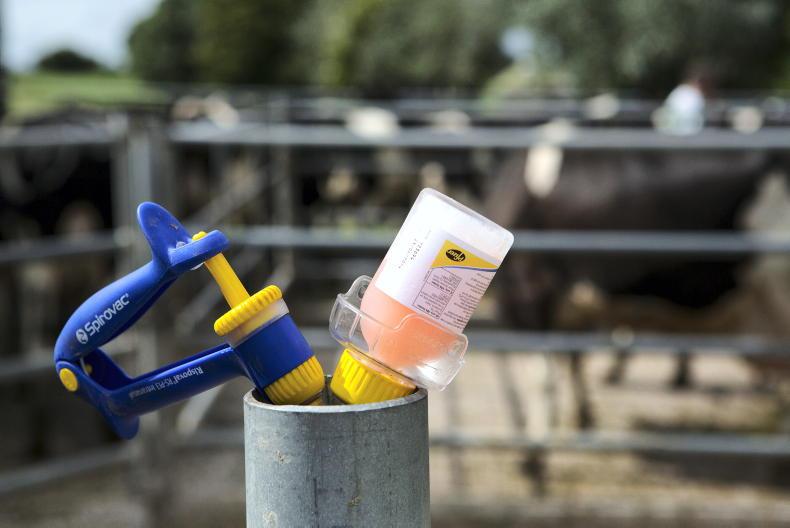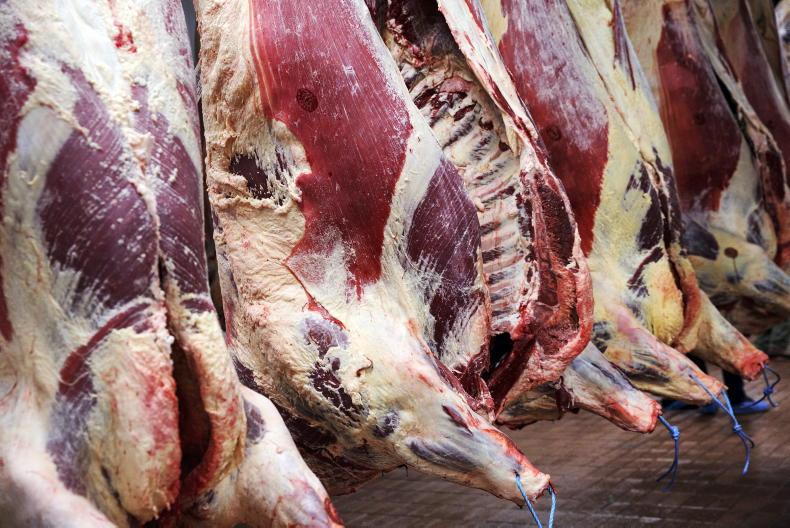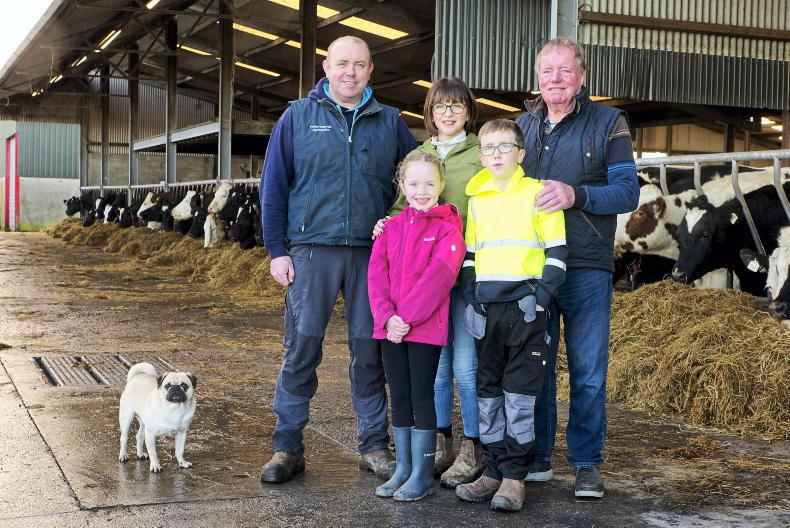This is an acute severe form of respiratory disease associated with the ingestion of lush grass, particularly in the autumn months. There is usually minimal coughing, and large proportions of the group can be affected.
Cause
Fog fever, if it is to occur, occurs between five and ten days following the introduction to lush pastures, particularly if the quality of pasture grazed previous to the move was not as good. It most often occurs on autumn pastures, but not exclusively so. It involves groups of cattle rather than individual animals. The condition rarely occurs in cattle more than three weeks on the same pasture. The condition is most common among adult beef cows, but can occur in all types of cattle apart from suckling calves.
It is caused when large amounts of a metabolite called 3-methylindole is made by rumen microbes. This causes very severe swelling throughout the lungs. This severe swelling causes difficulty in breathing. As the concentration of 3-methylindole increases, the severity of the condition increases.
Symptoms
Mild cases usually go unnoticed, with affected animals slightly dull and depressed with mild respiratory distress. Such cases usually resolve without treatment. In more severe cases, the respiratory distress is more profound, with affected animals displaying mouth breathing, drooling of saliva, and a protruding tongue. Exercise will increase the respiratory distress and may lead to death. In some cases gas may accumulate under the skin along the back. Post-mortem examination of affected animals usually reveals swollen heavy lungs that fail to collapse, with pockets of gas.
Treatment
Diagnosis is usually based on the basis of combining the above clinical signs in a group of cattle in the context of a recent introduction to lush pasture, particularly in the autumn months.
As such there is no antidote to the offending metabolite in the lush grass and any treatment to be administered involves supportive therapy (usually corticosteroids) to reduce the swelling in the lungs. Affected animals need to be handled gently, as even the mildest exercise can cause them to die. However, all cattle on the offending pasture should be removed promptly, but gently.
Prevention and control
Control revolved around grazing management predominately. Firstly, any pasture with a history of cattle becoming affected with fog fever should be avoided if possible. As an alternative, controlled access to the pasture in conjunction with feeding silage, straw or hay would be useful. Strip grazing can be useful in controlling access to such pasture. This is a condition of lush pastures and such pastures should ideally be grazed at an earlier stage. High risk pastures should be grazed by sheep or younger stock (less than 12 months old).









SHARING OPTIONS